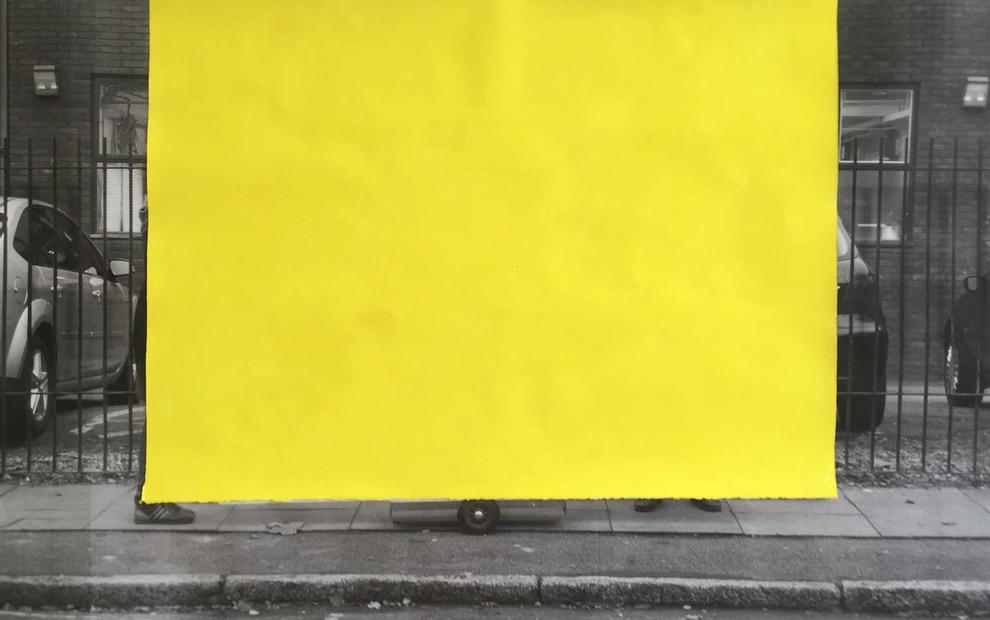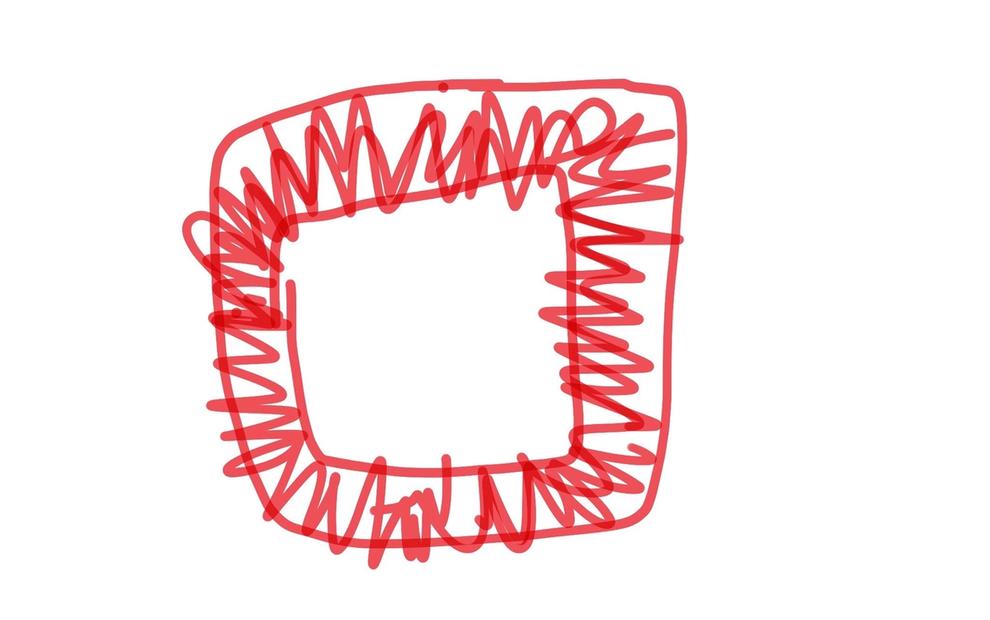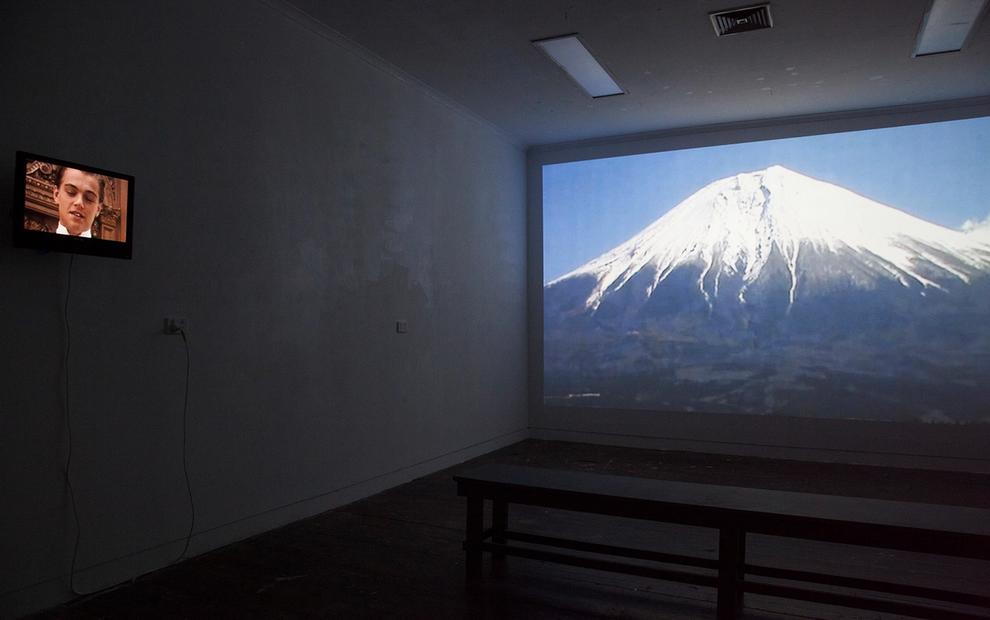

The Medium is Public
Ella Sowinska, Fresh and Fruity, Paula Hunt, Steven Rhall, Georgia Robenstone
6–23 Mar 2019
Consider, for a moment, the concept of public space. Initially, places of openness and transparency may come to mind, perhaps a site of collective assembly – such as the public square, the local park, library or river. You may also think about the local pool, gallery or stadium.
With deeper contemplation, however, we might recognise that zones of public space are complex systems of cultural, social, political and economic coding. Their organisation, structure and accessibility are reflective of heteronormative and Eurocentric influences, histories and values. Entry and participation in these spaces may be conditional on an economic transaction or subscription to a group like a sporting team, or a performative expression of perceived values or beliefs.
The idea for this exhibition grew out of a perceived urgency to publicly gather in response to shifts in local and global politics. This urgency to participate and assemble is not new, however is currently representative of political, economic and social precarity felt by many and expressed in public gatherings and demonstrations such as Women’s March 2017 (Washington D.C.), Invasion Day Rally 2019 (Australia-wide) and Evacuate Manus and Nauru Protest 2018 (Sydney)
The medium is public examines these complexities, while contemplating the participation of the individual passively or actively navigating, performing, defending and subverting ideas and values within these sites of public space.
The exhibition’s title is reflective of two key approaches within the show, using public space as a frame of reference and the co-opting of materials and strategies associated with ‘publicness’. Paula Hunt’s In the stadium, 2019 draws on the artist’s interest in the modern stadium for its contradictory and ambiguous qualities, where rebellion and conformity come together. This most recent edition builds on Hunt’s approach of recounting an event, of local or international significance, which took place within the boundaries of the stadium such as the Unification Church Blessing Ceremony at Jamsil Olympic Stadium, Seoul 1992 or Nelson Mandela’s Memorial Service at FNB Stadium (Soccer City), Johannesburg 2013.
Also working within the urban landscape, Georgia Robenstone’s Agora, 2019 explores the fraught history of the public square in Melbourne and identifies the unknown future for Federation Square with an Apple store slated to be built there. While questioning the ongoing future of the public square, Robenstone examines of the role and capacity of the individual in supporting and shaping public spaces as a site of collective assembly.
Fresh and Fruity question the premise of public spaces and resources in their work It’s Birrarung-ga not Naarm: I wanted to write about the Yarra river, but it seems wrong to write about someone else’s river 2019. Focusing on rivers and waterways, this piece examines how resources are used by colonial governments who cannot understand a guardian relationship to land and water and the way in which water is connective.
Drawing directly from materials found in public areas like shopping centres or highways, Steven Rhall’s You make this. You make me. 2019 incorporates the familiar form of an LED sign, its presence in the gallery directly addressing the audience with phrases like “In my space. You’re in my space”. Rhall’s urgent and direct approach collapses any notion of the art world as ‘different’ from the political, social, economic and cultural imbalances embedded in places like the public square or the stadium.
Suggestive of the voyeuristic surveillance strategies of CCTV and drones, Ella Sowinska’s film Tropical Islands, 2016 embodies the artist’s interest in observational film-making, documenting an artificial tropical island built in an aircraft hangar outside Berlin. With a viewpoint from an indoor hot air balloon, this film offers a visual narrative of the way bodies move and behave within this constructed environment.
The artistic approaches in The medium is public present diverse, complex and fraught histories and values embedded within public space and are suggestive of the intangible, subtle, and transgressive potential of the individual to express, challenge and defend values and ideas in this public realm.
Birrarung-ga not Naarm: I wanted to write about the Yarra river, but it seems wrong to write about someone else’s river, 2019, a commissioned text by Fresh and Fruity.












Consider, for a moment, the concept of public space. Initially, places of openness and transparency may come to mind, perhaps a site of collective assembly – such as the public square, the local park, library or river. You may also think about the local pool, gallery or stadium.
This program takes place on the land of the Wurundjeri people of the Kulin Nation. We recognise that sovereignty was never ceded - this land is stolen land. We pay respects to Wurundjeri Elders, past, present and emerging, to the Elders from other communities and to any other Aboriginal or Torres Strait Islanders who might encounter or participate in the program.
Ella Sowinska is an artist and filmmaker whose work is guided by the theoretical discourses of documentary and reality television. Recent projects have been concerned with the representation of intimacy and desire in non-fiction screen based works from a queer perspective. Ella's work has been included in the Mildura Palimpsest Biennial, as well as recent exhibitions at TCB, The Honeymoon Suite, Metro Arts and The Centre for Contemporary Photography. Ella’s film ‘80 Ways’ received a positive review by MEMO in their ‘Best and overlooked of 2018’ segment. Ella's graduating film Pretty Gross and Incredibly Intimate won the Best Documentary award at the VCA graduate awards in 2018. Ella lives and works in Naarm Melbourne on the unceded sovereign land of the Wurundjeri people of the Kulin Nation.
Fresh and Fruity (Mya Morrison Middleton (Ngāi Tahu), Hana Pera Aoake (Tainui, Ngāti Raukawa, Ngāti Wehi Wehi) are an indigenous collective based in Aotearoa. Hobbies include: sharks, fitness and disengaging with Pākehā vampires.
Paula Hunt is a multidisciplinary artist, who for several years has been concerned with the stadium, specifically the things that happen there. Hunt focuses on two key questions in this area of research, how events in this arena are remembered and what they might disclose. Hunt recently completed a Master of Fine Art, Monash University 2018, and has exhibited at the Perth Institute of Contemporary Art (PICA), Bus Projects, Counihan Gallery, Kings ARI, Margaret Lawrence Gallery, Testing Grounds, George Paton Gallery, and as part of the Incinerator Billboard Project in Niddrie. Hunt lives and works in Melbourne.
Steven Rhall is a post-conceptual artist operating from a First Nation, white-passing, genderqueer, positionality. Rhall's interdisciplinary practice responds to the intersectionality of First Nation art practice and the Western art canon. He interrogates modes of representation, classification and hierarchy using installation, performance, process lead methodologies, 'curatorial' projects, sculpture, and via public & private interventions. Rhall exhibits internationally, lectures at the Victorian College of the Arts, is a PhD candidate at Monash University on Birrarung-ga land (Melbourne, Australia).
Georgia Robenstone is an artist and writer based in Melbourne, Australia. The general focus of her research is the following question: can a position that is overlooked be reclaimed as a site of power? Her work is the result of this examination and predominantly takes the form of video, performance and text.
Robenstone has exhibited widely in Australia, and in the Netherlands while living there in 2012-13. Recent exhibitions include a public projection commissioned by the City of Yarra, as well as solo shows at Sawtooth ARI in Launceston and Bus Projects in Melbourne. In 2017, she was a finalist in the Keith and Elisabeth Murdoch Travelling Fellowship and the Incinerator Art Award. Robenstone graduated with First Class Honours from the Victorian College of the Arts in 2015.
Alyce Neal is Assistant Curator at the Ian Potter Museum of Art, University of Melbourne. She was a board member at SEVENTH Gallery from 2016 to 2018 and has worked at a number of arts organisations, including Monash University Museum of Art, the Australian Centre for Contemporary Art, and the Biennale of Sydney.
Related

30 May–15 Jun 2019
Unfinished: Décor
Robert Mangion, Peter Burke, Damiano Bertoli, Elizabeth Newman, David Thomas

17 Jul–3 Aug 2019
Opportunities for artists
New Agency, this mob

6–23 Mar 2019
I thought you’d never ask
Tess Landells






